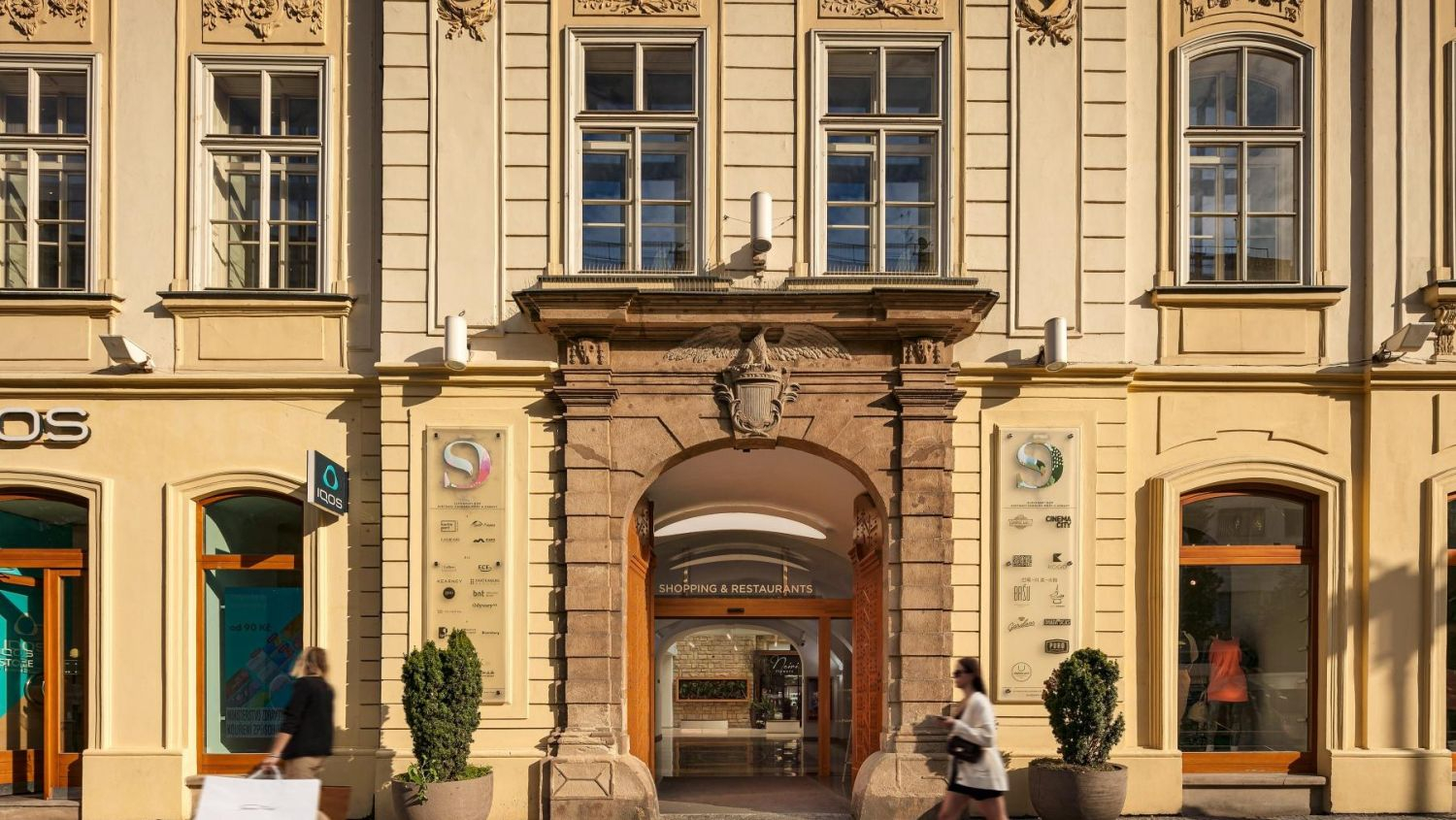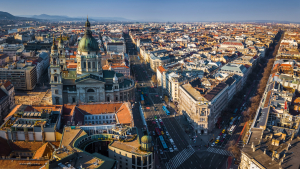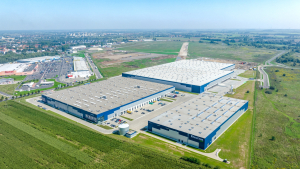
There is growing interest in mixed-use projects in the Czech Republic. These are spaces that combine offices, shops, housing, and various forms of social activities. Unfortunately, the construction of such spaces in the Czech Republic still lags behind that in neighbouring countries. The main reason for this is the very long building permitting processes. In Poland, for example, it takes only a few months to get a building permit, whereas here it usually takes years.
"So-called mixed-use projects are still rare in our country. These are unique, progressive projects that can combine, for example, offices, shops, housing, or space for various forms of social activities. Although we are currently seeing larger developments in the market, functions often remain separate, or the projects are too fragmented. They do not form one attractive whole that connects entertainment, living space and work areas for users," explains Josef Stanko, Senior Analyst at Colliers, adding: "But there are opportunities in terms of suitable locations in Prague. A strong investor with a clear vision, considerable experience and adequate capital must acquire land or a brownfield site for this purpose from the outset." Typical mixed-use complexes usually range between 30,000 and 90,000 sqm in size and are located mostly in inner or more heavily urbanised parts of cities. The most popular combination within mixed-use developments is to combine offices, residential, retail and services with cultural facilities such as a cinema. Within services, gastronomy plays a significant role, contributing to a lively and pleasant atmosphere. A full 90% of spaces in this category are usually made up of unique concepts or small local chains that enrich the shopping and experiential potential. This attracts customers and boosts visitor numbers.
15-minute city and mixed-use complexes
Due to their wide scope of functionality, mixed-use complexes are an ideal part of the so-called 15-minute city concept. The main idea behind this trend, which is gaining ground in cities across Europe, is to offer residents work and all necessary services such as healthcare, education, shopping, dining, and entertainment within a 15-minute walk or bike ride from where they live. The result is that residential areas are not separated from areas for commerce, public services, retail, and entertainment. The reduced need for cars then improves not only neighbourhoods’ look and feel but also the quality of life for residents.
The problem is slow approvals
Unfortunately, in the Czech Republic, the creation of these complexes is hampered by the very slow approval processes for these buildings. It can drag on for several years. Of the minimum number of projects that could be included in this class, Slovanský dům in the heart of the capital is probably the best-known. Two other projects, Prague's Savarin and Brno's Dornych, are in the planning or construction phase. "This is only a fraction of what we see elsewhere in Europe. In neighbouring Poland, for example, there are currently more than 60 mixed-use complexes in various stages of development," says Josef Stanko. Interest in renting space in such projects in our country is rocketing. The reason for this is the attractiveness of these complexes from all angles. "For office tenants, it is attractive to offer their employees all the amenities they need close to the workplace, while for shops and gastronomy services, it is an advantage to concentrating potential customers in one place. When culture and housing are added to the mix, it is an ideal combination for users," explains Josef Stanko, adding that the complexes, in addition to local residents, also target lifestyle customers from more distant locations or tourists looking for unique genius loci. The aforementioned Slovanský dům fits this profile. There, you can rarely find vacant offices for rent and the shops and restaurants within the arcade and courtyard have long been popular destinations.



